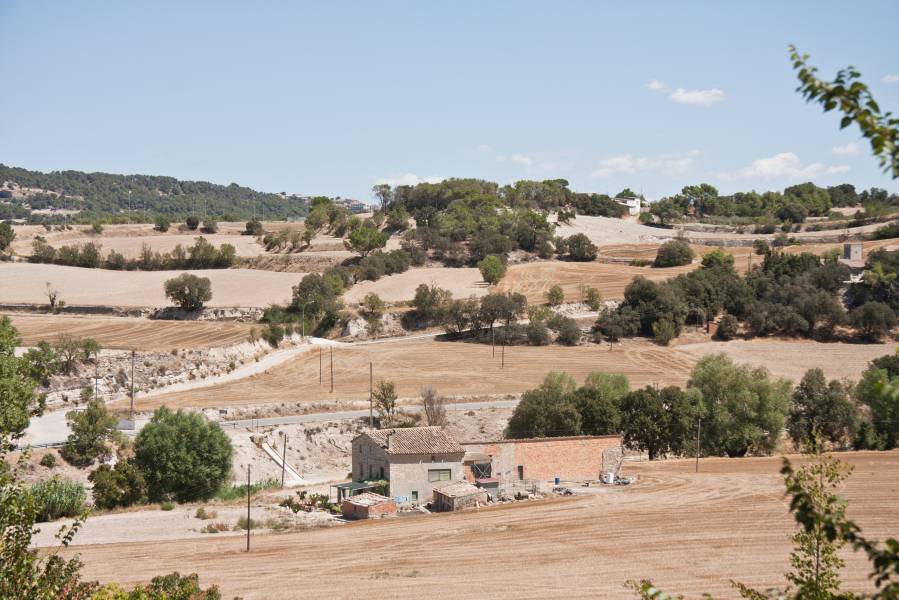Brief history to get to know Montornès de Segarra if you come to spend a few days in a holiday cottage
The castle dates from 1079 and belonged to the
Counts of Barcelona until 1181,
Alfonso I the Cast granted it to the
Templars, who also controlled the neighboring town, in the same municipality, Mas de Bon dia. Nothing remains of this castle except for some stones scattered on the hill.
Guillem de Cervera owned Verdú, Poblet,
Preixana and Montornès, towns that were pawned when he went on the
Fourth Crusade to Jerusalem . After the Templars, Montornès passed into the hands of the
Hospitallers .
Things to discover in Montornès de Segarra during your stay in holiday cottage
The Church of Sant Joan Baptista , which is of Renaissance style, is attached to the remains of the 12th century castle and was most likely built over some room of the same. This is a curious fact given that the church is not located near the population center. If you take a tour of the village, you will notice that some houses retain the thick walls and portals typical of the Middle Ages.
You will be surprised by its modernist cemetery , built in 1896 by order of Josep Balcells i Cortada, a son of the people who made his fortune in Cuba and who wanted to invest resources in his native town. Also, it was by order of him that Les Escoles were built in modernist style, which today have become a social venue.
What can you do in Montonès de Segarra from your holiday cottage?
We recommend that you take advantage of your visit to Montornès de Segarra to do a cycling or walking route , as the terrain is flat and the landscape amazing. One of the best known is the circular route of the Cercavins river , which has a route of 13 km, from Montornès to L'Ametlla de Segarra.
Mas de Bondia, the closed town of a single street
EI Mas de Bondia is a surprise for visitors who choose to travel through these lands little known by tourist guides. It is possibly the only closed village of a single street in Catalunya.
The origin of this medieval town was a farmhouse that gradually expanded along a dead-end street, whose houses formed the town wall. The only access door is on the facade of the original farmhouse. Inside this street, we find, embedded between the houses, the church of medieval origin of San Bartomeu, with an access portal of a semi-circular arch. The decorations on the facades of the houses in Cal Narcís el Vell, Cal Pere Gras and Cal Ferrer are also noteworthy.
The Mas de Bondia is located at the top of a hill with views of the arable land.
